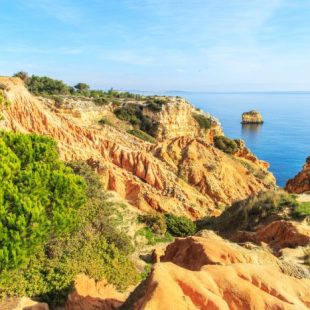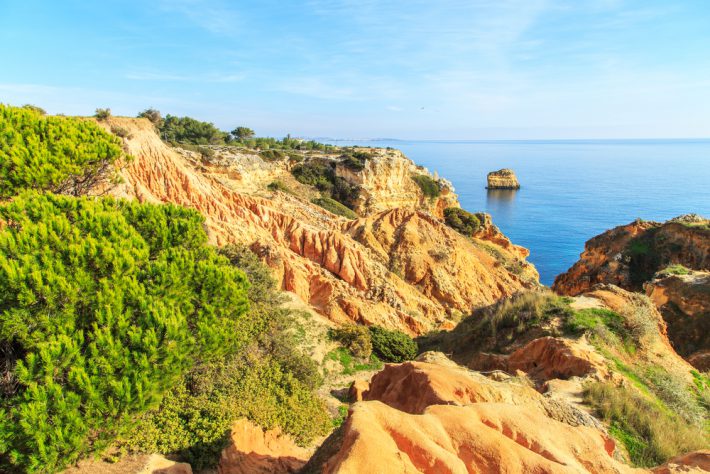
Discovering the Algarve’s scenic and historic city of Faro
Despite being the Algarve’s capital, Faro has managed to retain much of its Portuguese qualities and not succumbed to mass tourism. The restaurants and bars cater just as much for the locals as tourists, and consequently offer many authentic traditional dishes and at reasonable prices. Even the shopping areas in Faro are lined with open-air cafes and tend to cater primarily for Portuguese buyers. Faro is an attractive city, particularly inside the old walled town and the area around the marina.

As Faro is slightly removed from the normal tourist trail, it never gets overrun by visitors, even during the main summer months. You can discover “real” Portugal in this laid back city, which is rich in culture and history, alongside a peaceful ambience and traditional charm.
Faro is located near the Ria Formosa National Park, with its saltwater lagoons and mudflats, a sanctuary for migratory birds and wildlife. Beyond the National Park are three islands, which are essentially Faro’s beaches and are delightfully natural and undeveloped. Tours of the National Park and ferry services to the deserted beaches leave from Faro harbour, or a 20-minute bus journey. One of the most popular beaches is the Praia de Faro, 5 kilometres of golden sand that stretches along the seaward side of the Ilha de Faro.
Faro is a good central base from which you can go and explore the rest of the Algarve. A short distance from Faro is the pretty village of Estoi. Estoi is known for its pink palace, a fine example of Rococo architecture, and its carefully maintained grounds containing beautiful Azulejos tiles. The bustling coastal town of Tavira is only a 40-minute train journey to the east of Faro, and is a charming place to visit. Vilemoria and even Lagos are also within striking distance of Faro.
Perhaps the strangest sight in Faro is hidden away and is known as the Capela Dos Ossos, the bone chapel. The bones from overcrowded cemeteries are stored in a chapel within the Carmo church. These bones were incorporated into the building and skulls line the walls, creepy but definitely worthy of a visit.


